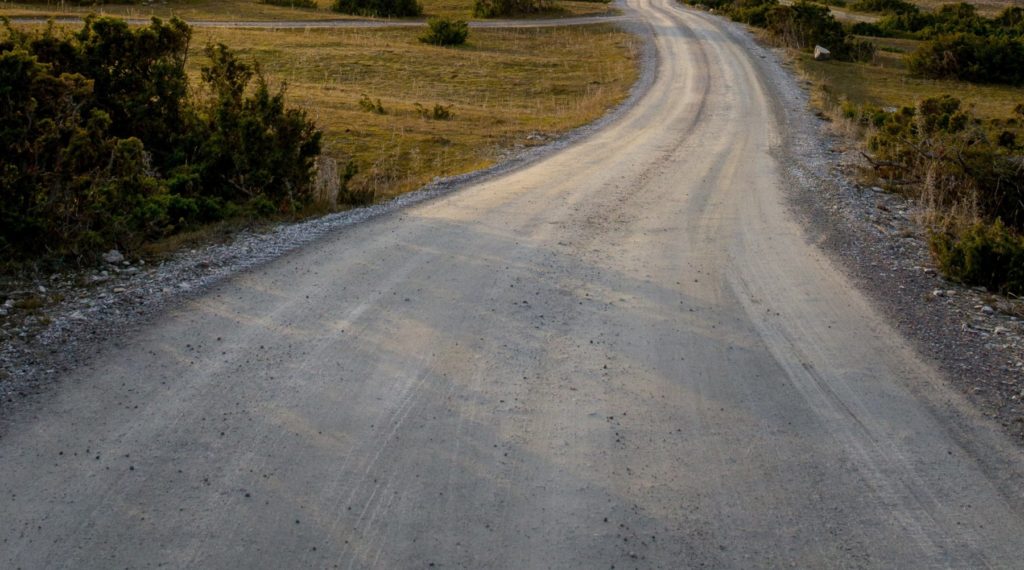Did you know that rotary brooms have been used in road resurfacing for over 100 years? In 1917, Lake Forest Illinois was covered in miles of pavement that was in serious need of resurfacing. The Municipal News and Water Works, Volume 60 outlined how this small town did their part to help in the war effort by resurfacing miles of road in their town that sat between the Great Lakes Naval Training Station and Fort Sheridan.
Resurfacing Roads One Hundred Years Ago
The Lake Worth municipal workers started out by sweeping the surface of the old street with a horse-drawn rotary broom in order to clean the street from debris. Next, they scarified the surface of the road two inches deep to remove the most damaged layer of stone. They would then reshape the road by using a horse-drawn road grader. The grader scraped the surface of the stone and spread it out evenly across the road.
The next layer was spread by hand and consisted of broken limestone, rolled over many times until it had a smooth surface. Next, it was flooded with water until the entire mass was compacted. Once the pavement was finally dry, it would be open to public transportation for seven to ten days.
After that time, a horse-drawn rotary broom again swept the surface of the road. The road, now free from debris, would show a slightly roughened up surface of exposed stone. To finish off the resurfaced road, a layer of tar was poured with a layer of granite chips to make the road look nice and even.
Rotary brooms have been used in road maintenance for over 100 years. They have gone from being pulled by horses to being attached to the heavy tractors and trucks you see today. Here at Smith Equipment, we pride ourselves on carrying high-quality brooms that help keep your roads smooth and safe.


